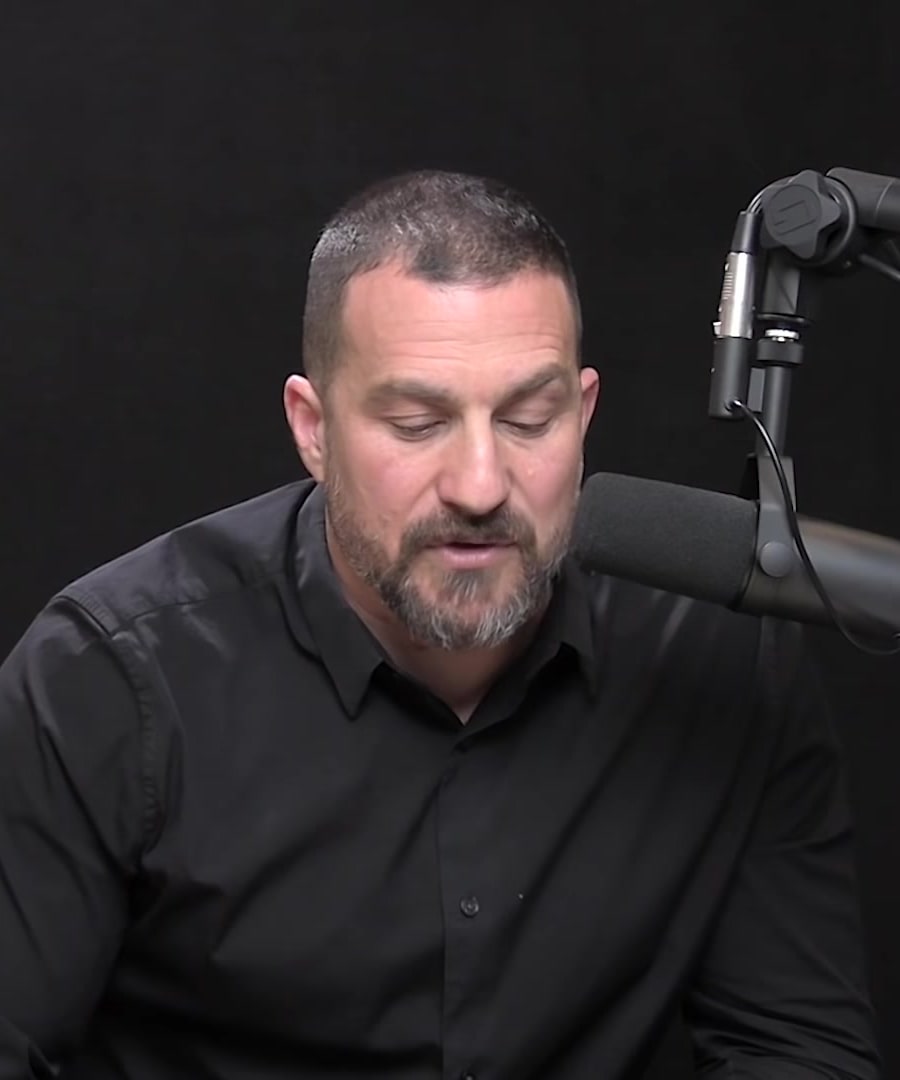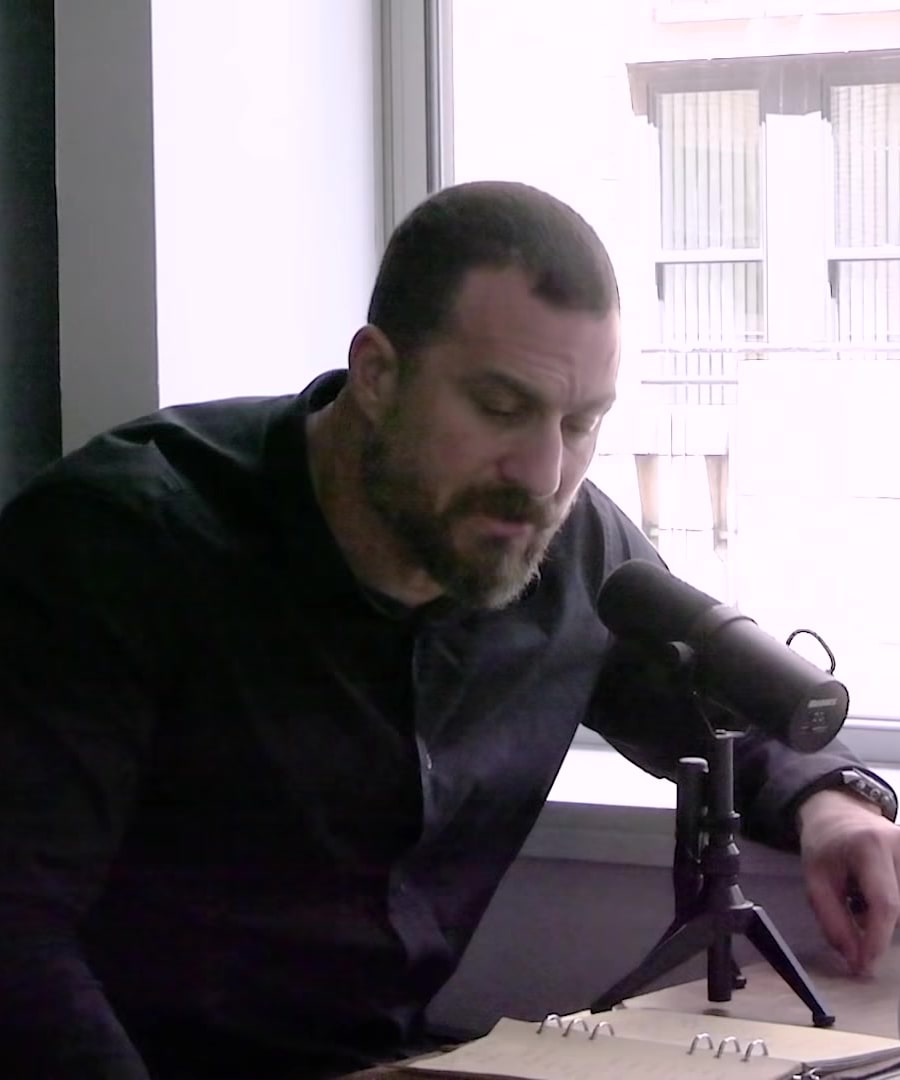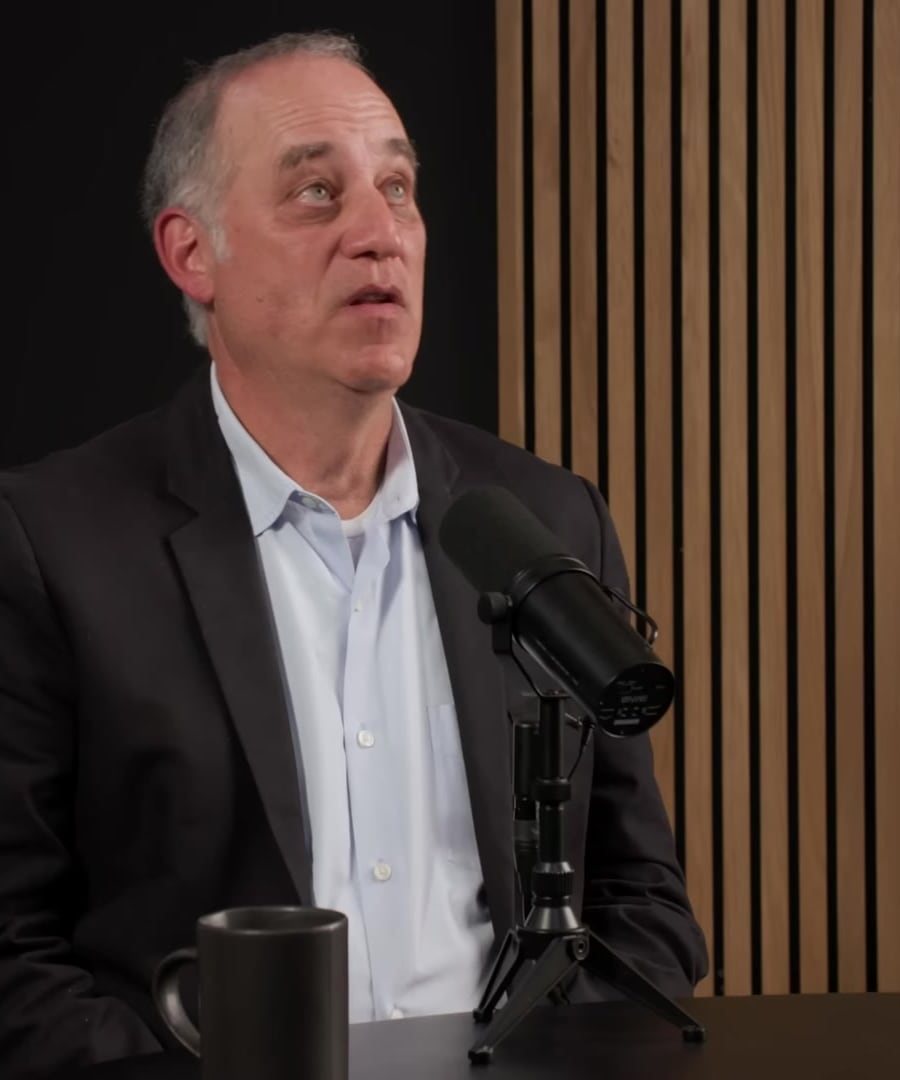Can the neurological injury be returned to "normal" after experiencing chronic and acute trauma?
Sources:
Recovering from neurological injuries caused by chronic and acute trauma involves several considerations and potential interventions. Neuroplasticity, or the brain's ability to reorganize itself by forming new neural connections, plays a critical role in healing and recovery from such injuries.
-
Neuroplasticity Principles: emphasizes the importance of understanding and leveraging neuroplasticity to manage pain and promote healing. The brain's flexibility and ability to adapt can be harnessed to restore function after injury, although individual outcomes can vary 1.
-
Use of Psychedelics: There is exploratory interest in using psychedelics like psilocybin to treat neurological injuries. Preliminary anecdotes and rodent studies suggest these compounds might promote cognitive function and induce neuroplasticity, which could aid recovery 2. However, this area is still under exploration and should be approached with caution.
-
Concussion Recovery: Ensuring proper sleep, nutrition, and gradual re-engagement in cognitive activities can aid recovery from concussions. Technology-based brain training programs, like those developed by Posit Science, offer accessible methods to improve cognitive functions and support ongoing neuroplasticity into adulthood 3.
-
Impact of Trauma on Neuroplasticity: Trauma can impede neuroplasticity by elevating stress hormones like adrenaline, which suppress circuits involved in play and learning. However, therapies like cognitive behavioral therapy, EMDR, and play-focused activities can potentially reverse these effects, promoting healing and restoring plasticity in adults 4.
Neuroplasticity provides a hopeful pathway for recovering from neurological injuries, though tailored interventions and professional guidance are crucial for optimal outcomes.
RELATED QUESTIONS-
Can the neurological injury be returned to "normal" after experiencing chronic and acute trauma?
- RELATED QUESTIONS



